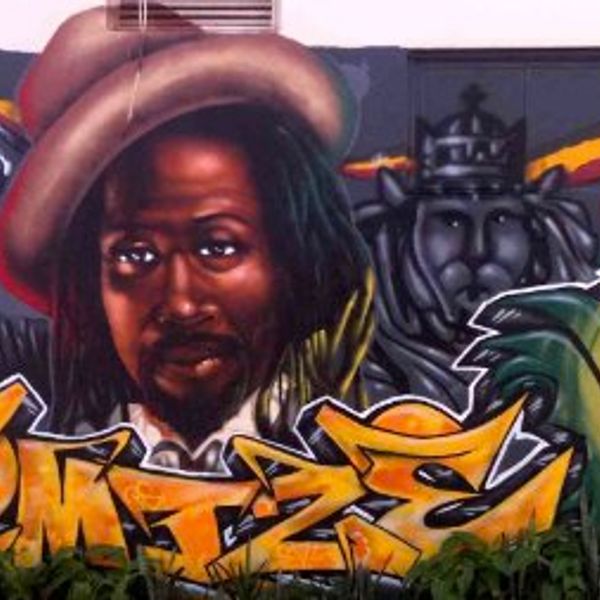


In the New Testament, all these images find a new center because Christ has become the head of this people, which henceforth is his Body. The images taken from the Old Testament are variations on a profound theme: the People of God. She draws her life from the word and the Body of Christ and so herself becomes Christ's Body.ħ53 In Scripture, we find a host of interrelated images and figures through which Revelation speaks of the inexhaustible mystery of the Church. She exists in local communities and is made real as a liturgical, above all a Eucharistic, assembly. "The Church" is the People that God gathers in the whole world. 143 These three meanings are inseparable. The equivalent Greek term Kyriake, from which the English word Church and the German Kirche are derived, means "what belongs to the Lord."ħ52 In Christian usage, the word "church" designates the liturgical assembly, 141 but also the local community 142 or the whole universal community of believers. In the Church, God is "calling together" his people from all the ends of the earth. 140 By calling itself "Church," the first community of Christian believers recognized itself as heir to that assembly. 139 Ekklesia is used frequently in the Greek Old Testament for the assembly of the Chosen People before God, above all for their assembly on Mount Sinai where Israel received the Law and was established by God as his holy people. It designates the assemblies of the people, usually for a religious purpose. Catechism of the Catholic Church - PART 1 SECTION 2 CHAPTER 3 ARTICLE 9 PARAGRAPH 1 CATECHISM OF THE CATHOLIC CHURCHħ51 The word "Church" (Latin ecclesia, from the Greek ek-ka-lein, to "call out of") means a convocation or an assembly.


 0 kommentar(er)
0 kommentar(er)
